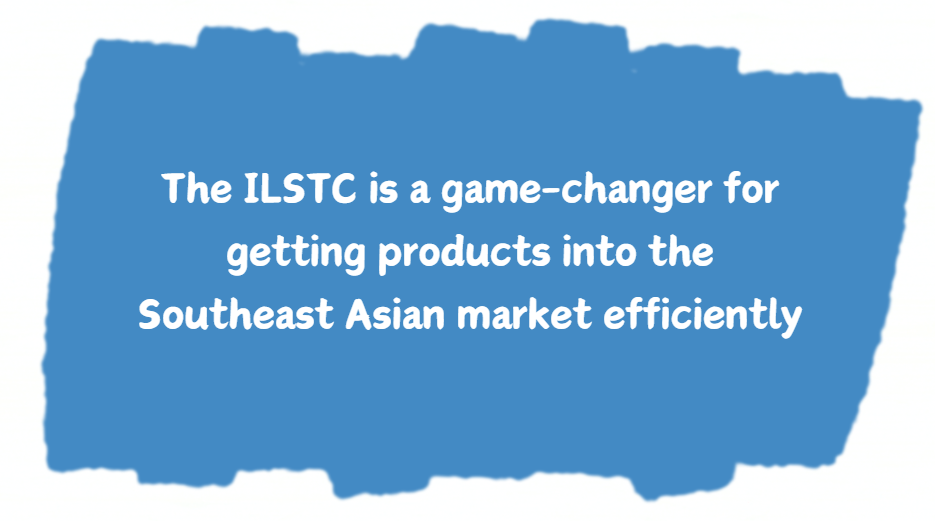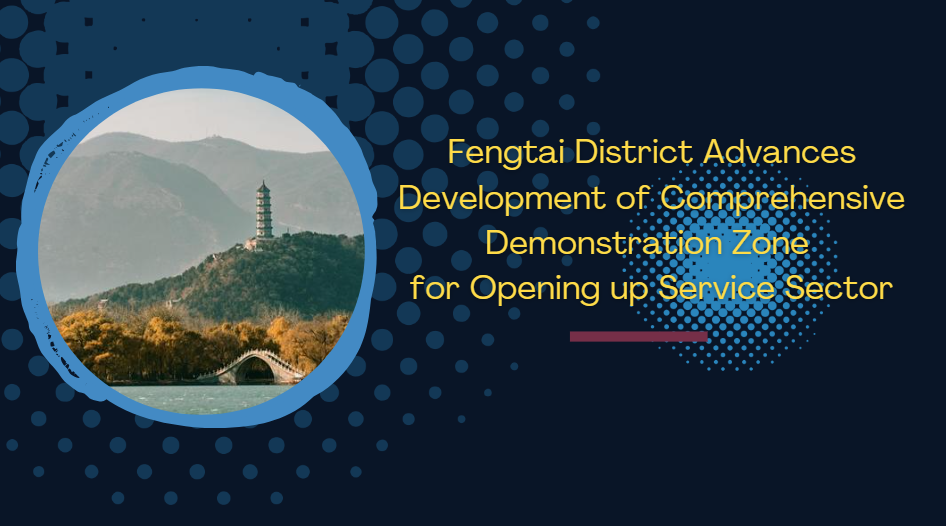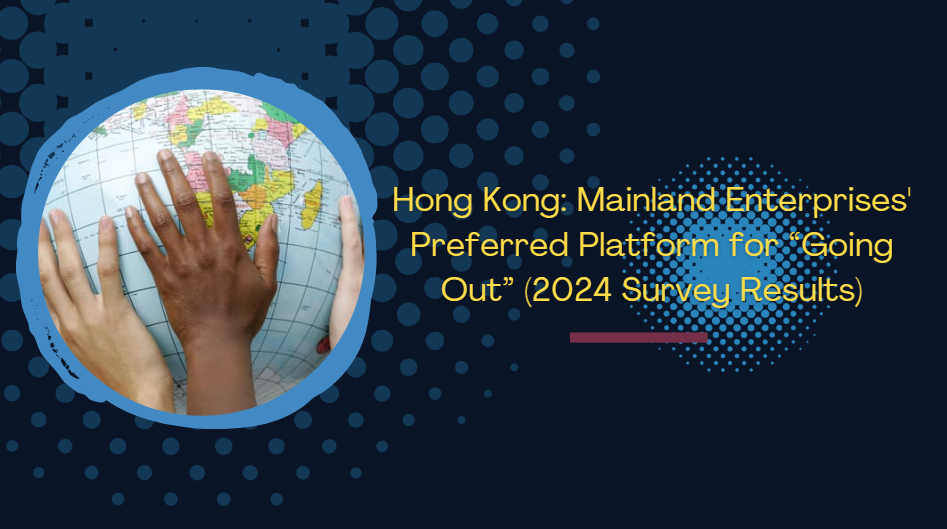New Customs Policies Fast-Track Inland Trade and Open Southeast Asia Links
China's General Administration of Customs (GAC) has rolled out 15 new measures to boost the New International Land-Sea Trade Corridor (ILSTC), aiming to cut logistics costs and support inland business hubs. With Chongqing as the operational heart, this corridor connects inland regions like Guangxi and Yunnan to global markets by blending rail, sea, and road links, significantly strengthening trade routes with Southeast Asia.
Among these new policies, the GAC is focusing on easier access for bulk imports, expanded intermodal transportation, and tax relief on domestic segments for routes like the China-Laos and China-Vietnam freight lines. Inland goods will now benefit from the same tax reductions as those imported by coastal routes, easing cost pressures and boosting local economies.
Trade through the ILSTC reached RMB 1.15 trillion ($159 billion) in the first ten months of 2024, marking an 8.8% growth year-over-year. Strategic relocations of industries from China's eastern to western regions are fueling this growth, spurred by targeted policy support for bonded zones and open platforms along the corridor. Zhang Xiaodong, a transportation expert at Beijing Jiaotong University, emphasized that this swift trade route is helping western Chinese exports—from Ningxia wines to Guizhou teas—gain traction internationally.

Companies like Chongqing D-Chamwin Motor Technology Co. are already experiencing the corridor's advantages firsthand. D-Chamwin now ships parts from Chongqing to its Myanmar facility in just five days, bypassing month-long traditional routes. “The ILSTC is a game-changer for getting products into the Southeast Asian market efficiently,” noted Yang Heping, the company's general manager.
Additional measures focus on simplifying customs for the corridor's bonded zones, making trade faster and cheaper. Chen Zongwang, GAC's deputy director of general operations, described these policies as critical to keeping logistics competitive, with modernized customs processes and support for high-demand imports. As the ILSTC expands, covering over 1,100 product categories across 120 countries and 542 ports, it is set to drive economic ties with Southeast Asia, transforming China's western region into a vibrant trade hub.






















































First, please LoginComment After ~